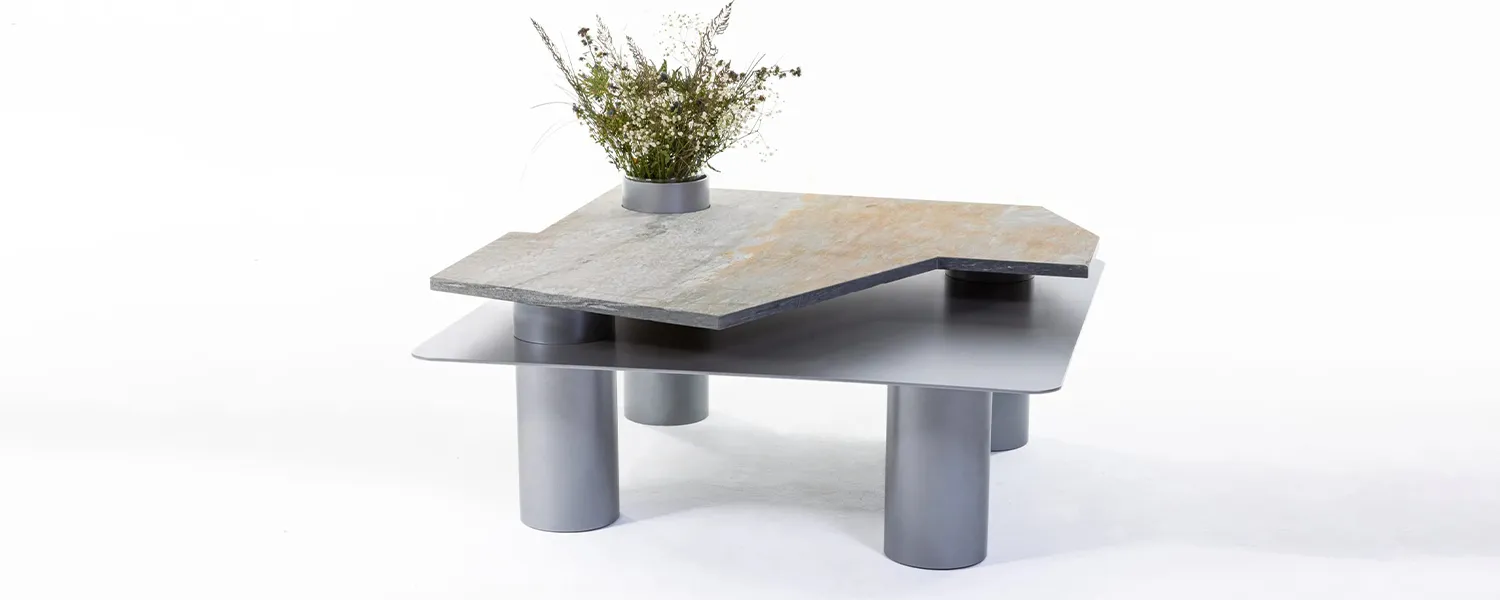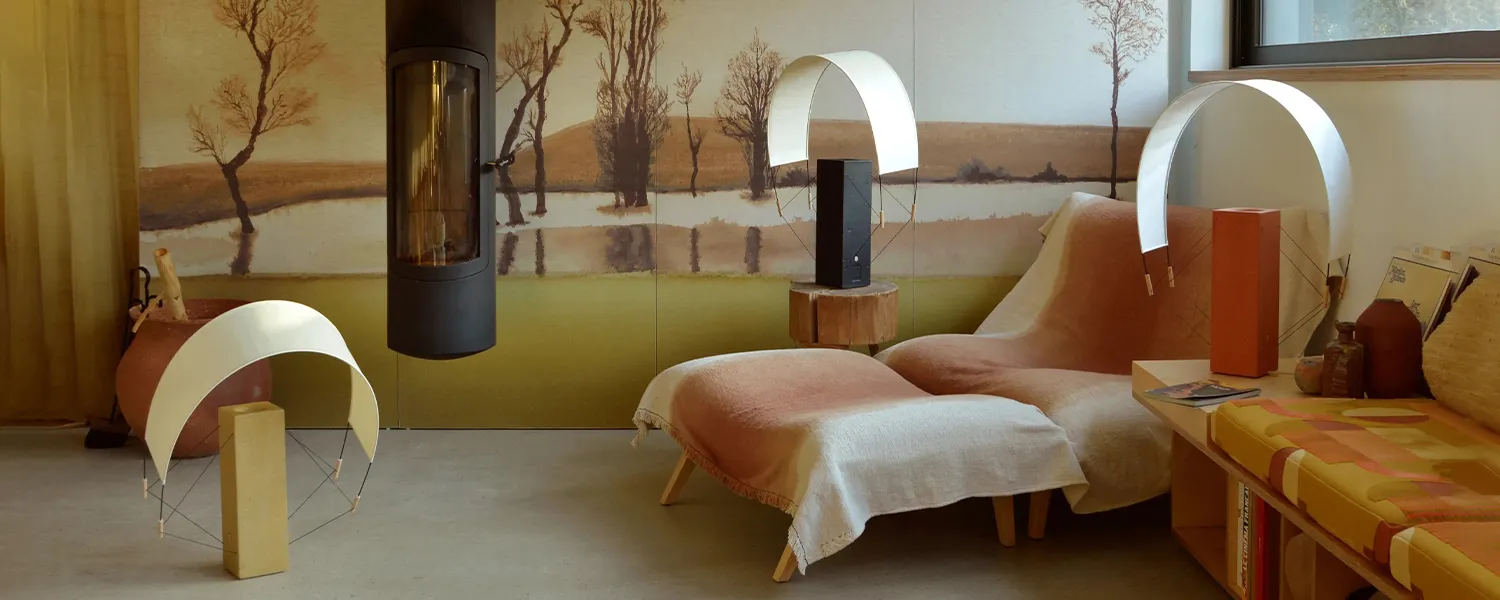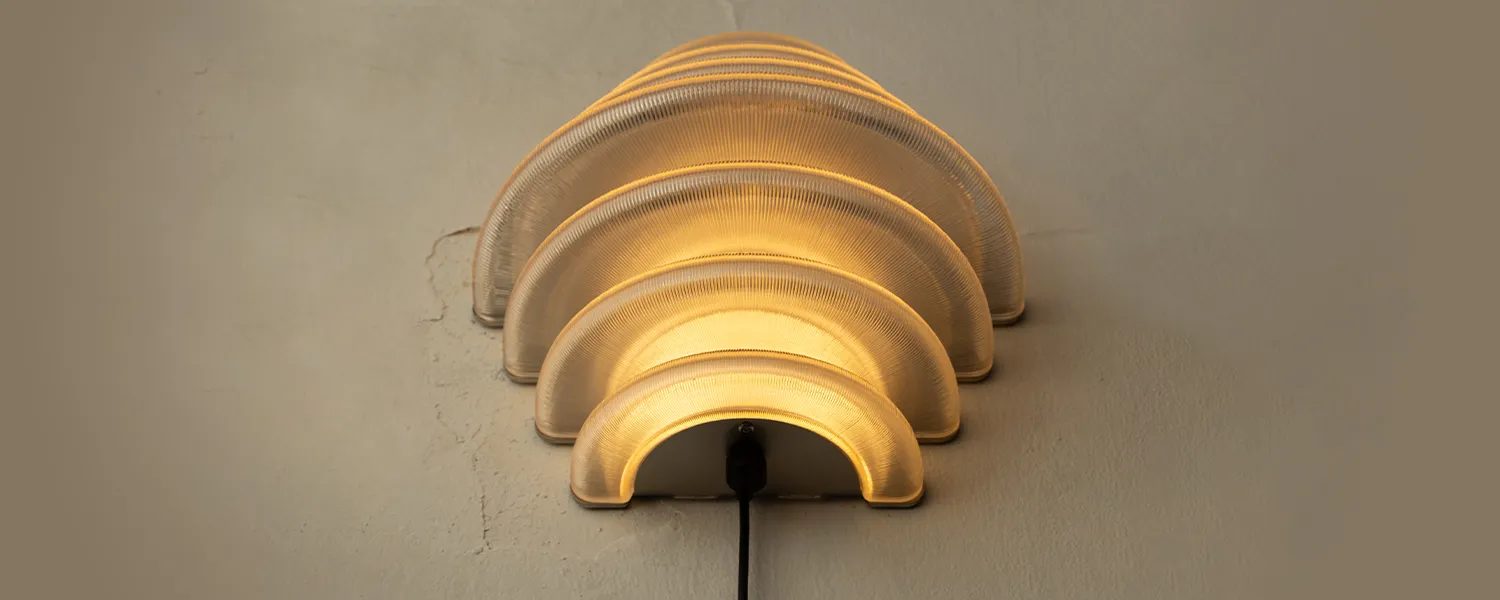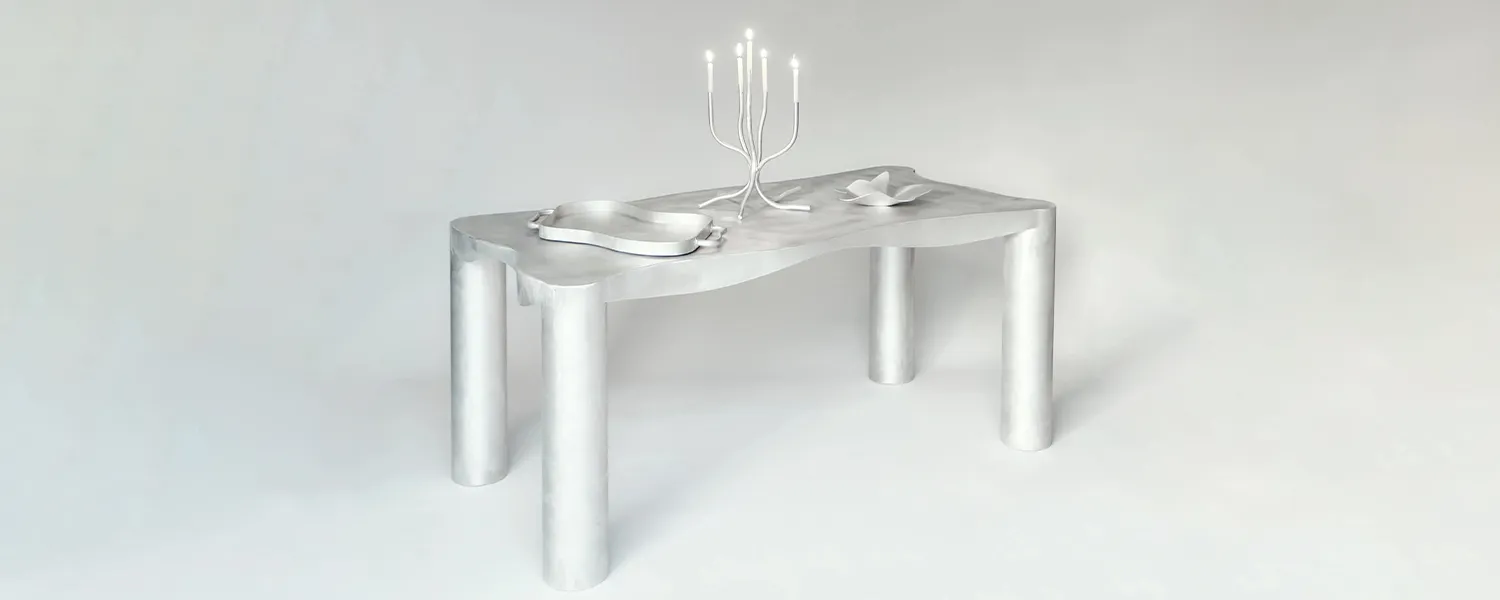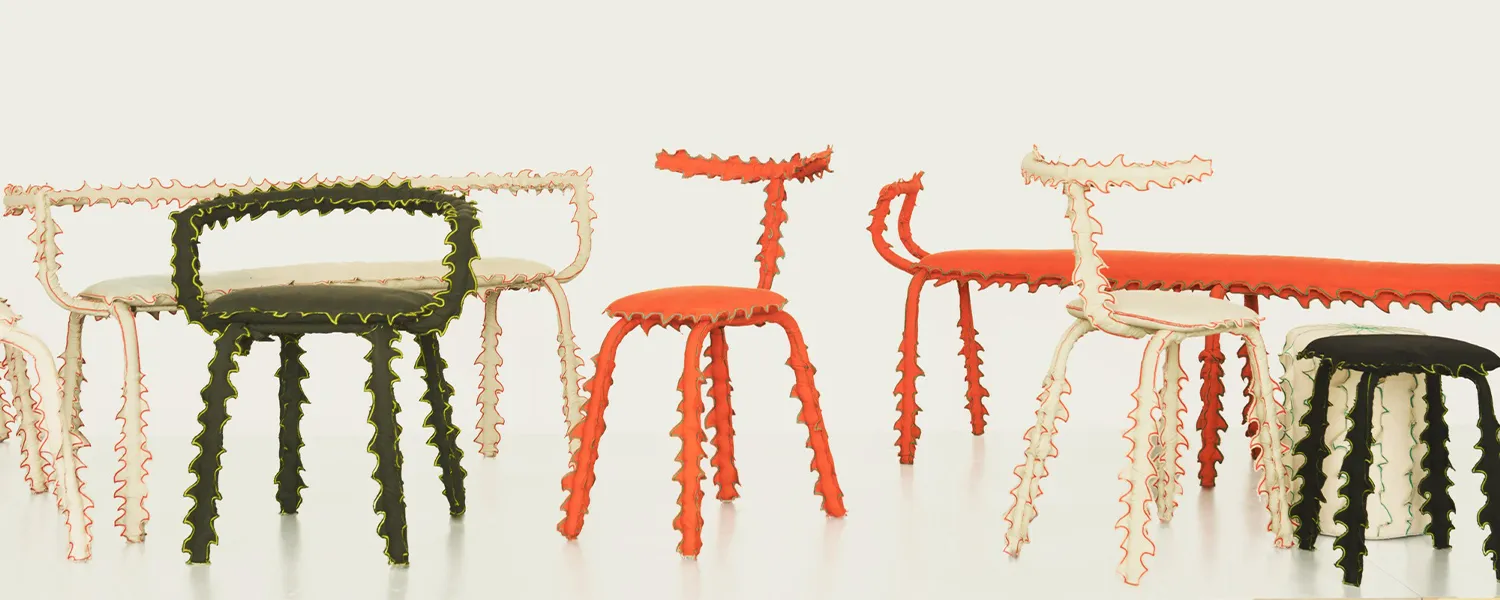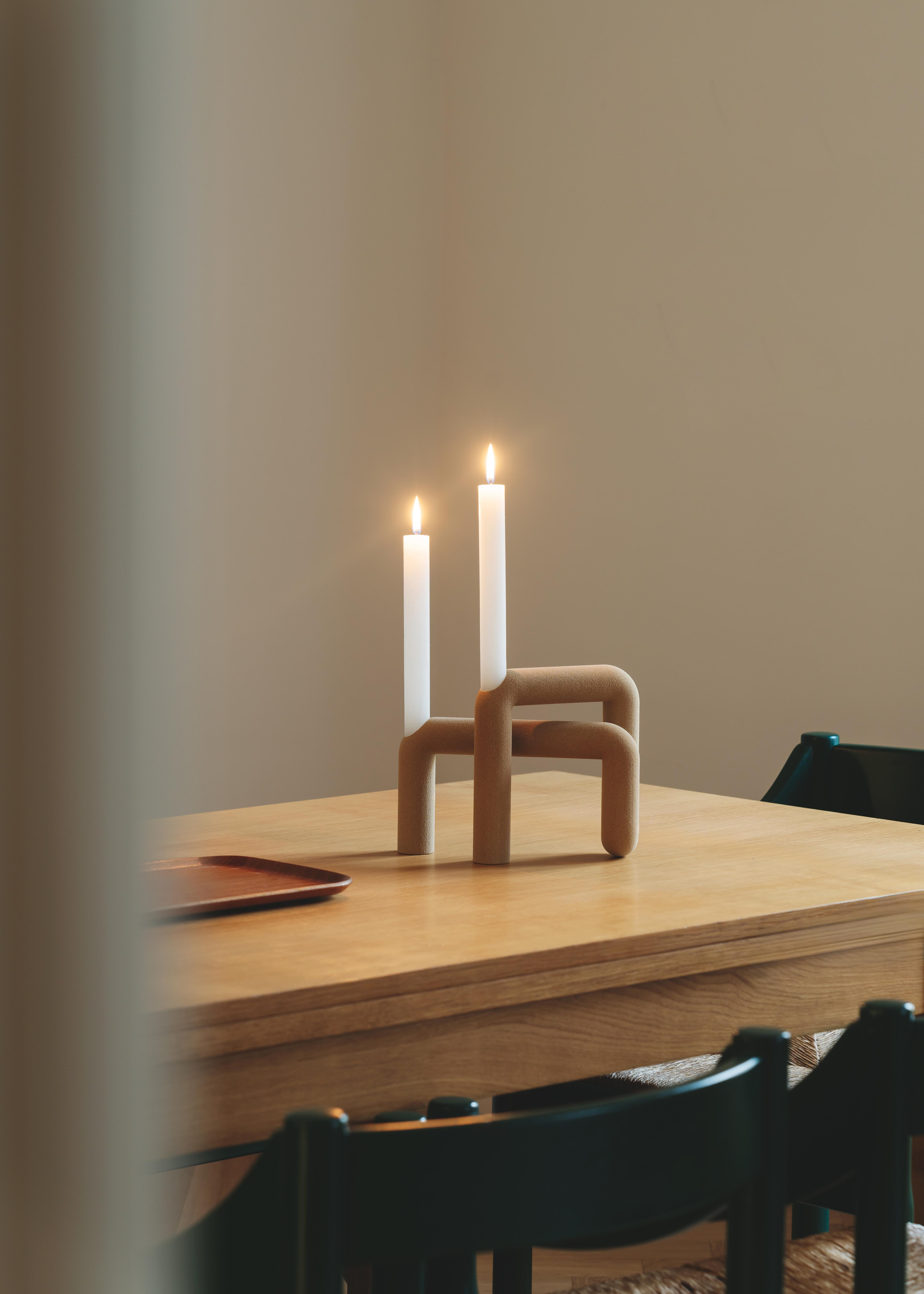
The Liminal Craftsman: Francesc Gasch’s Material Dialogues
Barcelona-based designer Francesc Gasch embodies a fascinating synthesis of architectural discipline and artisanal innovation. His formative years in Casa Bloc – a pioneering 1930s social housing project known for its rationalist approach to living spaces – provided him with an experiential education in functionalism that continues to inform his practice.
“Growing up in Casa Bloc profoundly influenced my understanding of how design impacts daily life,” Gasch reflects. This architectural inheritance manifests in his work as a distinctive balance between conceptual rigor and sensorial richness, a duality that distinguishes his studio’s output in contemporary design discourse.
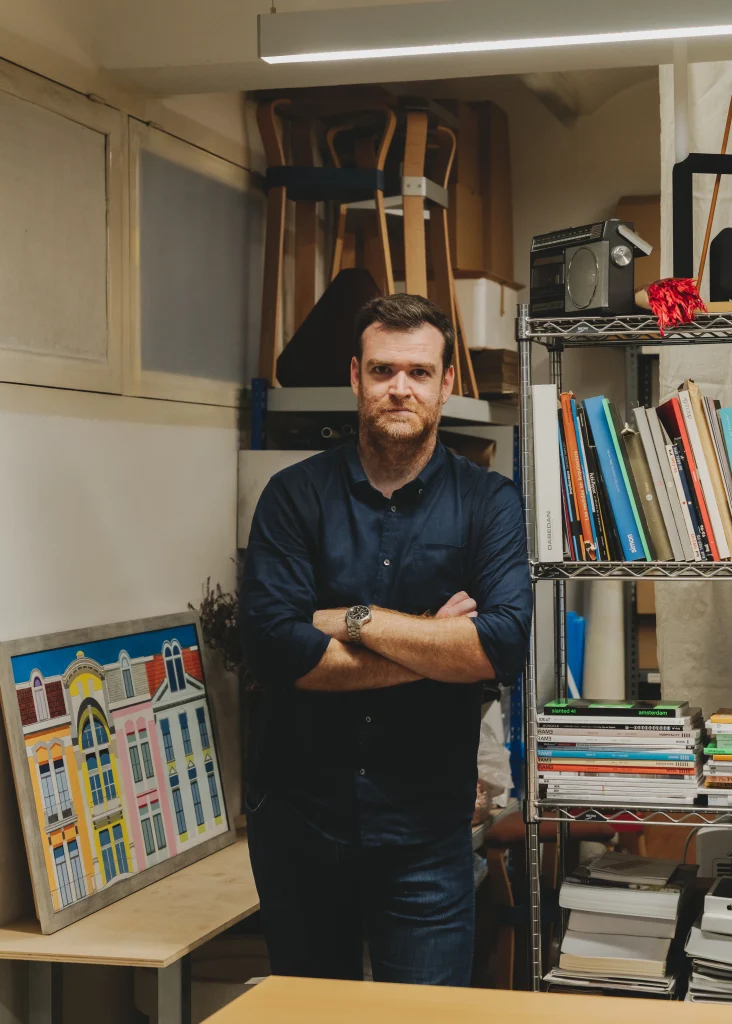

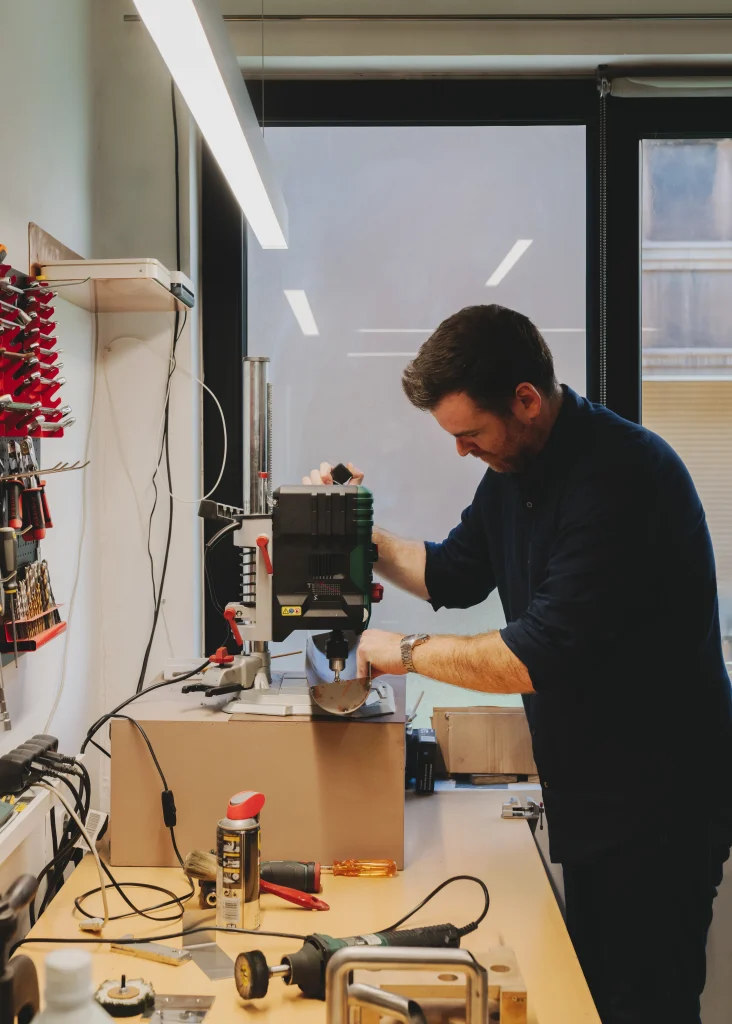

Material Exploration
The Sandle candle holders exemplify Gasch’s material intelligence through his unconventional application of quartz sand. “Quartz sand intrigued me because of its natural abundance and unique properties,” Gasch explains. “It allows for the creation of forms that are both organic and precise, bridging the gap between nature and technology.” This material choice reveals a sophisticated understanding of substance and form. The sand’s versatility enables Gasch to explore fluid, intricate geometries while its inherent structural properties enhance functional durability. “Working with quartz sand enables me to explore textures and finishes that are not achievable with traditional materials,” he notes, a material dialogue that challenges conventional manufacturing constraints.
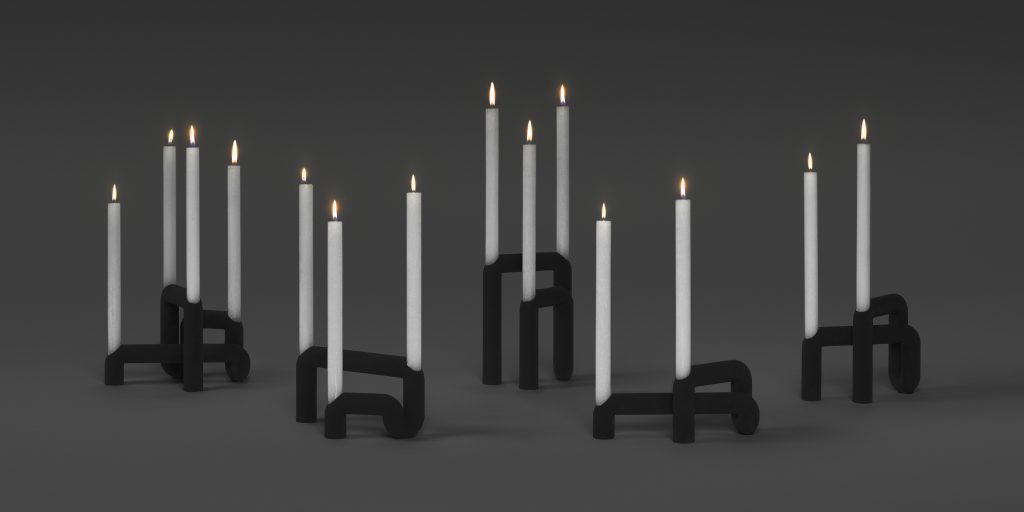

Sensorial Design
Gasch’s approach to user experience operates at a notably deeper level than basic utility. “To evoke a personal connection, I design objects that engage the senses and invite interaction”. This multi-sensory consideration encompasses tactile qualities, visual resonance, and emotional engagement – a holistic approach to object creation. His design philosophy centers on the intimate relationship between object and user. “I consider how the user will experience the piece on a daily basis,” Gasch explains, describing a methodology that prioritizes both immediate sensorial pleasure and evolving personal significance. “Functionality is, of course, paramount, but I believe functional objects can and should also provide aesthetic pleasure and personal significance.”
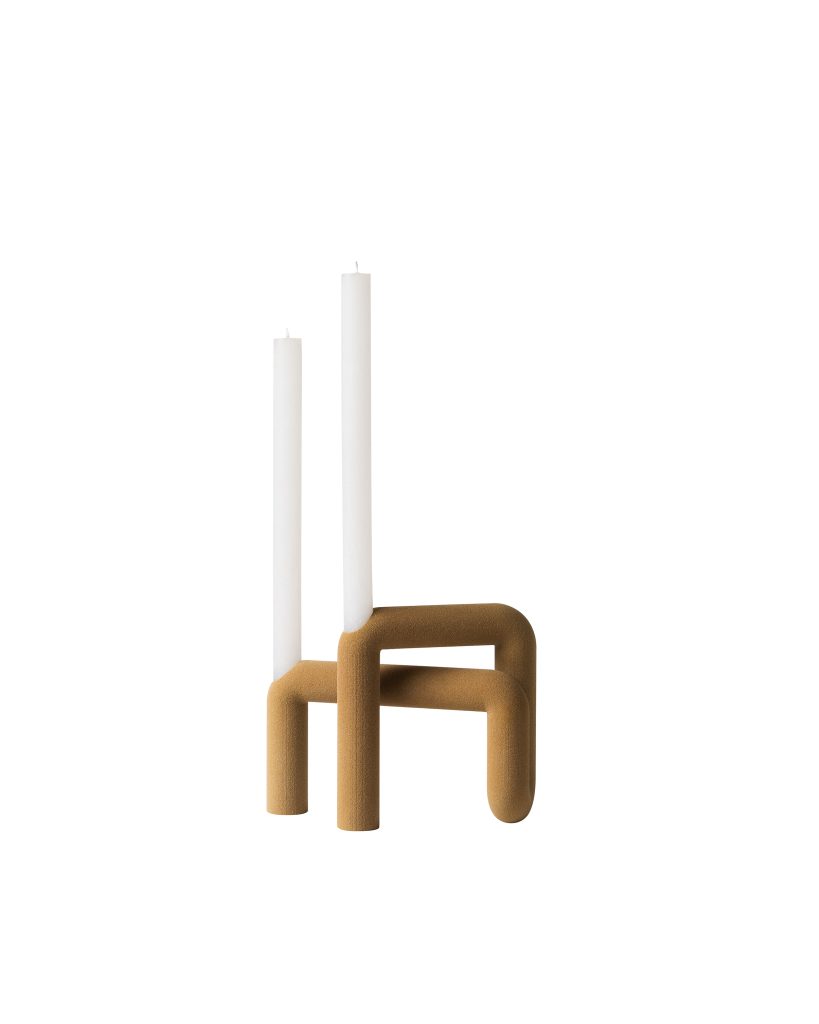

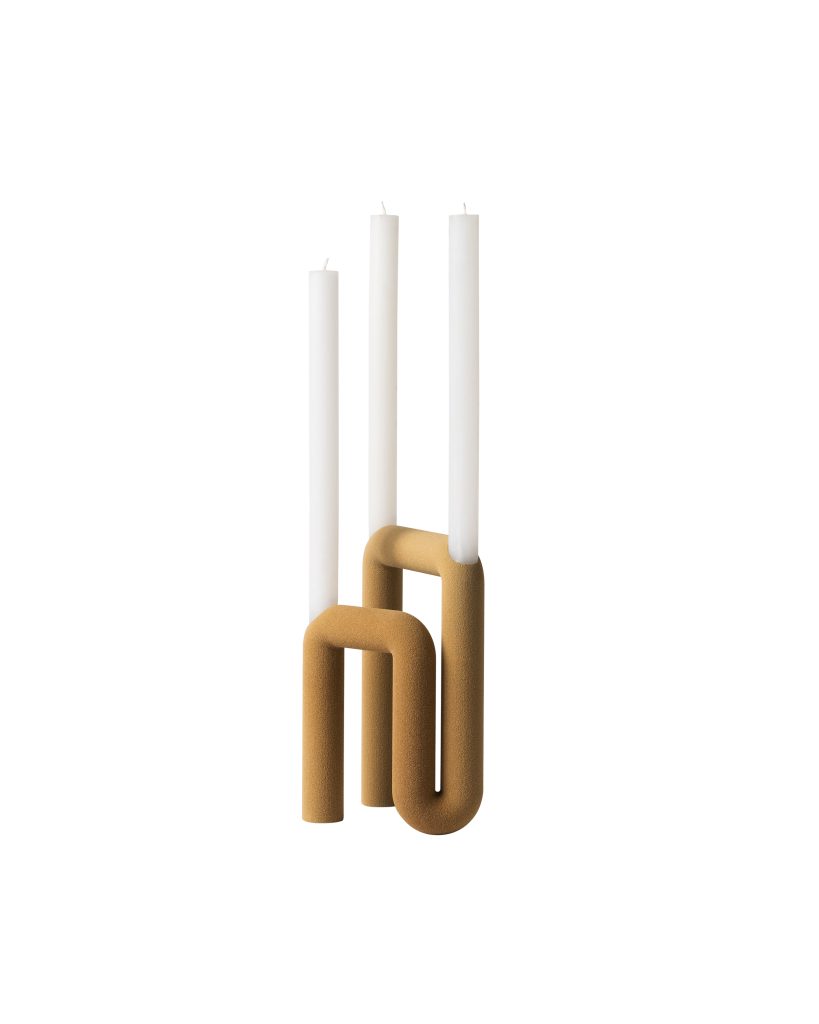

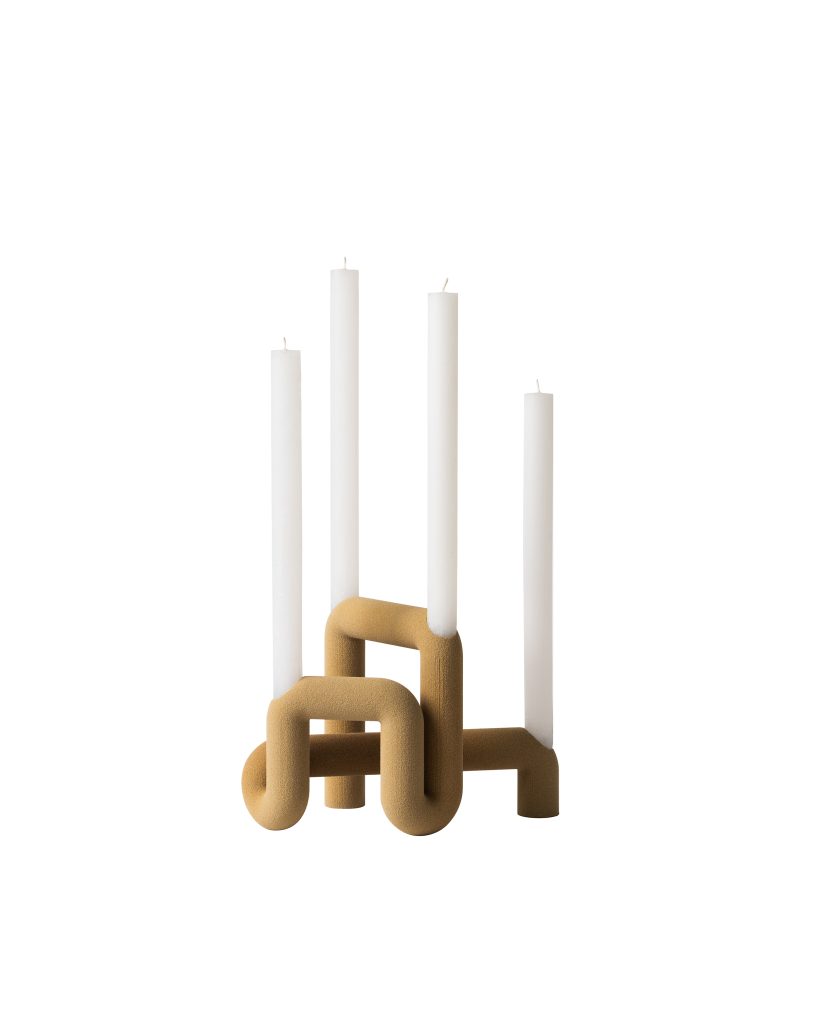

Design Longevity
Gasch’s studio stands apart through its commitment to durability, creating objects meant to develop meaningful connections with users across time. “I aim to create pieces that users will cherish and develop a relationship with over time,” he notes, articulating a philosophy that moves beyond contemporary production cycles and their inherent temporality.
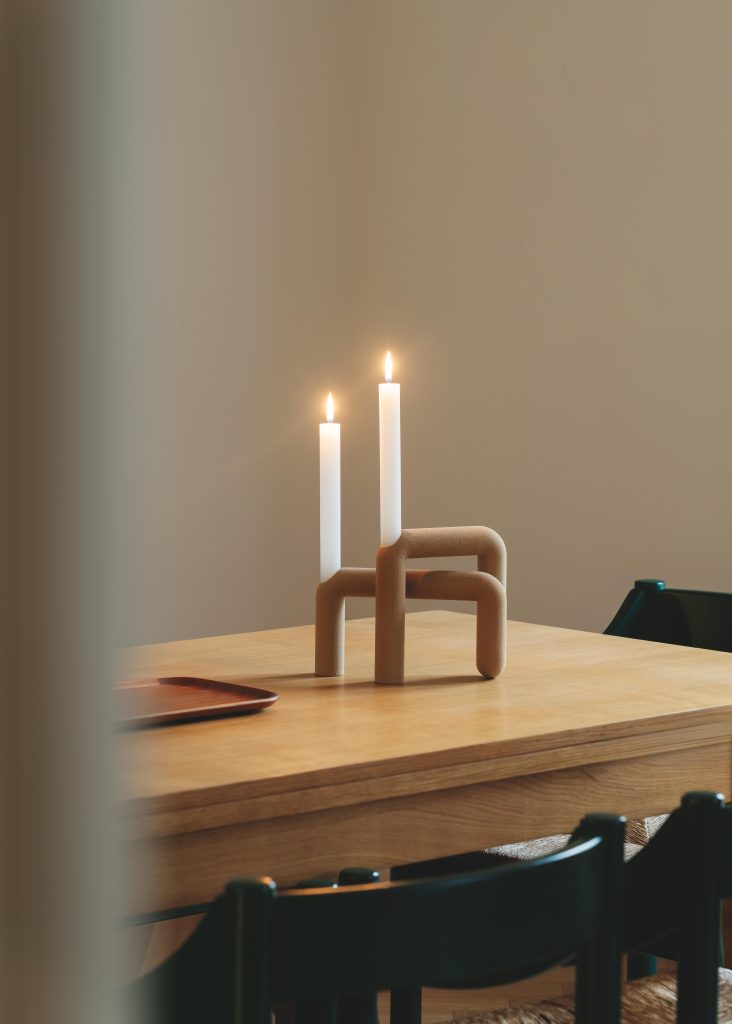

Heritage and Innovation
What distinguishes Gasch’s perspective is his refusal to prioritize either tradition or innovation. Instead, he positions himself at their intersection, a liminal craftsman navigating the fertile boundaries where Barcelona’s rich craft heritage meets the expanding frontier of computational design. This balanced approach produces work that feels simultaneously grounded in cultural context yet forward-looking in its technological expression.
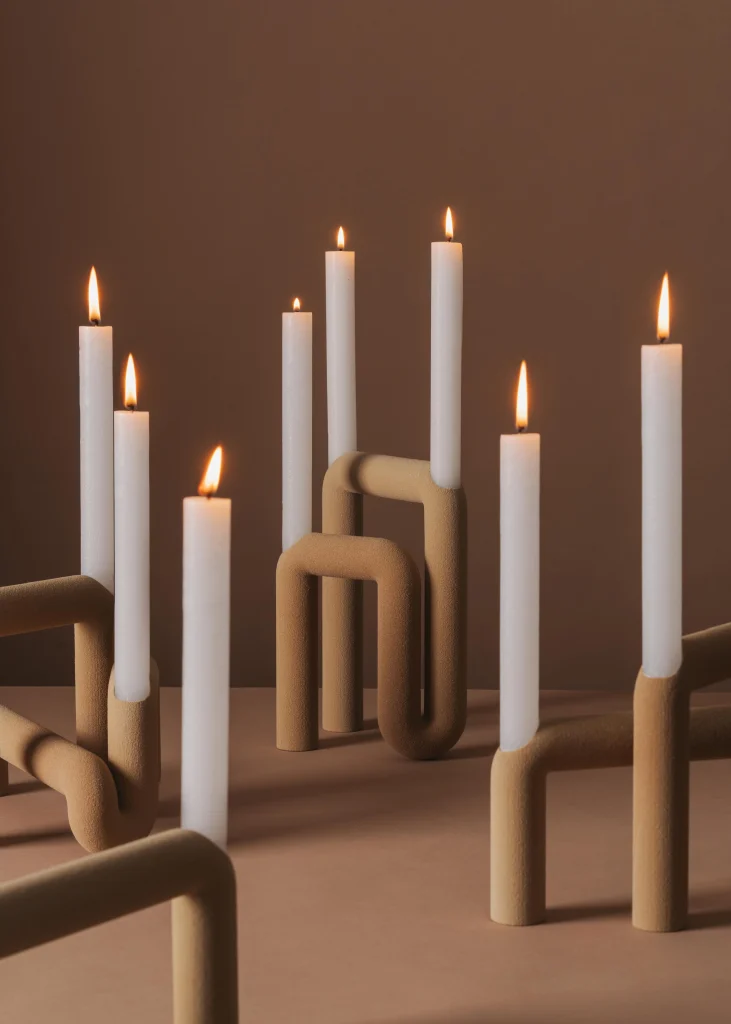

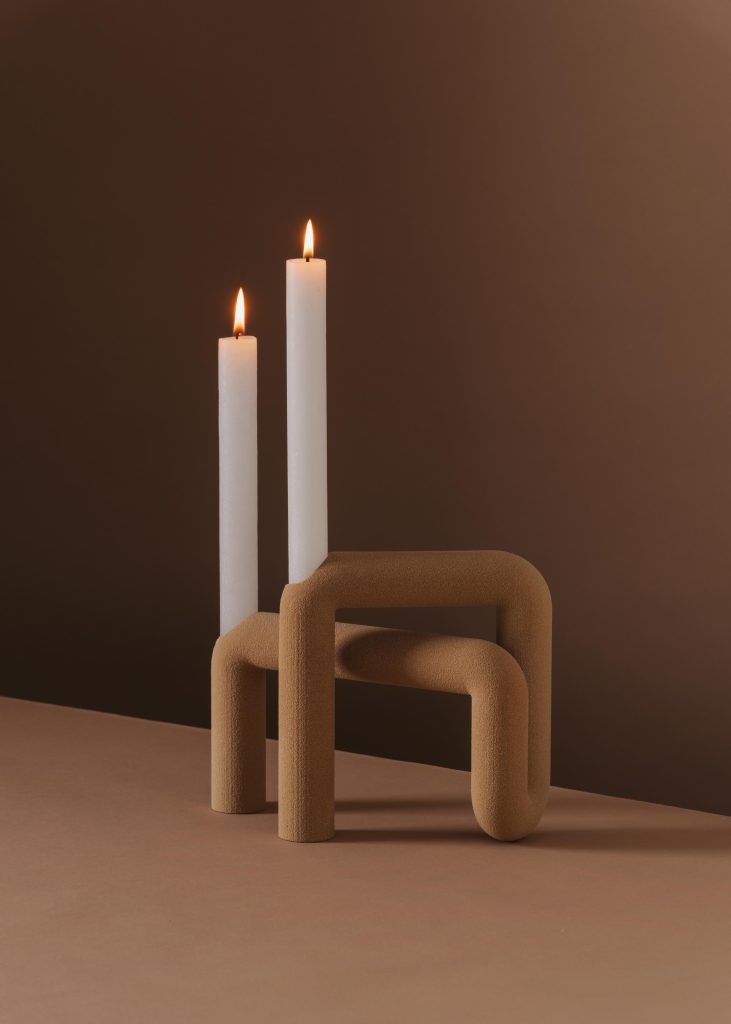

Muuto Design Contest 001 Winner
Earlier this year, Gasch’s commitment to this delicate balance between material poetry and technical exploration was recognised when he was named one of three winners of the inaugural Muuto Design Contest 001. His Waves Vases Collection, crafted through 3D-printed quartz sand, was presented at Muuto’s headquarters in Copenhagen during 3daysofdesign last June, a setting that allowed visitors to encounter the subtle interplay of light, shadow, and texture that defines his work. This milestone highlights how Gasch continues to expand the conversation around design’s role in shaping everyday rituals and connections.
